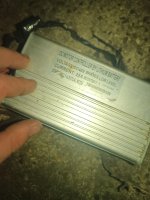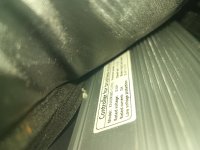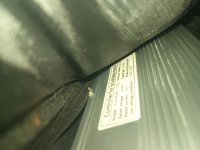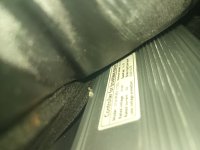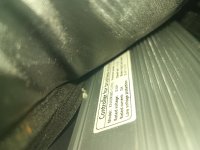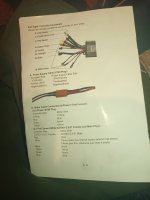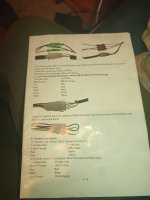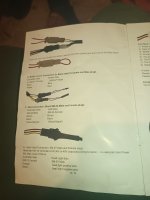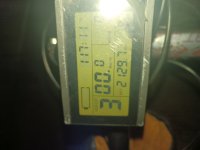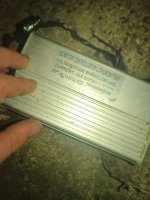drago9934
1 mW
Hey,
So essentially, Ive stripped a harness cable and it shorted. I've tried to resolder it, I did. But it didn't work properly. I've tested all the connectivity with multimeter and everything to the hall sensor board. I've insulated the cables to the best of my ability. Initially l though that the issue is with the hall sensors. So I've replaced them. I erroneously thought so because when I was measuring some hall sensors were showing no connectivity. But I found out that only certain hall wire colour corresponded to a certain hall sensor. Anyway everything measures fine. I've tried to close the motor, but when I press the throttle nothing happens. I have two throttles. I've swapped, Same story. I've essentially siliconed the new hall sensors that I've swapped but I thought that they might not be making good connection. Later on, I've tested the motor before I put it on the wheel. Everything measures fine. Very rarely though it shows watts going up and down without pressing the throttle like 0-13 and etc. then it disappeared, so I was hoping that it will finally run. When I closed it and connected everything, by turning it on, the throttle doesn't work and the battery appears empty. I'm assuming that it's the red wire that is making contact. It's a new motor I doubt that its the controller. It was working perfectly before I stripped the harness. Hence my suspicion is that something is shorting. I'm not sure why but when I try to check resistance between the halls it doesn't show anything. So essentially, the battery life appears as empty and there is the random watts going up and down. I did my best guys, please some kind soul guide me. Thank you
So essentially, Ive stripped a harness cable and it shorted. I've tried to resolder it, I did. But it didn't work properly. I've tested all the connectivity with multimeter and everything to the hall sensor board. I've insulated the cables to the best of my ability. Initially l though that the issue is with the hall sensors. So I've replaced them. I erroneously thought so because when I was measuring some hall sensors were showing no connectivity. But I found out that only certain hall wire colour corresponded to a certain hall sensor. Anyway everything measures fine. I've tried to close the motor, but when I press the throttle nothing happens. I have two throttles. I've swapped, Same story. I've essentially siliconed the new hall sensors that I've swapped but I thought that they might not be making good connection. Later on, I've tested the motor before I put it on the wheel. Everything measures fine. Very rarely though it shows watts going up and down without pressing the throttle like 0-13 and etc. then it disappeared, so I was hoping that it will finally run. When I closed it and connected everything, by turning it on, the throttle doesn't work and the battery appears empty. I'm assuming that it's the red wire that is making contact. It's a new motor I doubt that its the controller. It was working perfectly before I stripped the harness. Hence my suspicion is that something is shorting. I'm not sure why but when I try to check resistance between the halls it doesn't show anything. So essentially, the battery life appears as empty and there is the random watts going up and down. I did my best guys, please some kind soul guide me. Thank you


